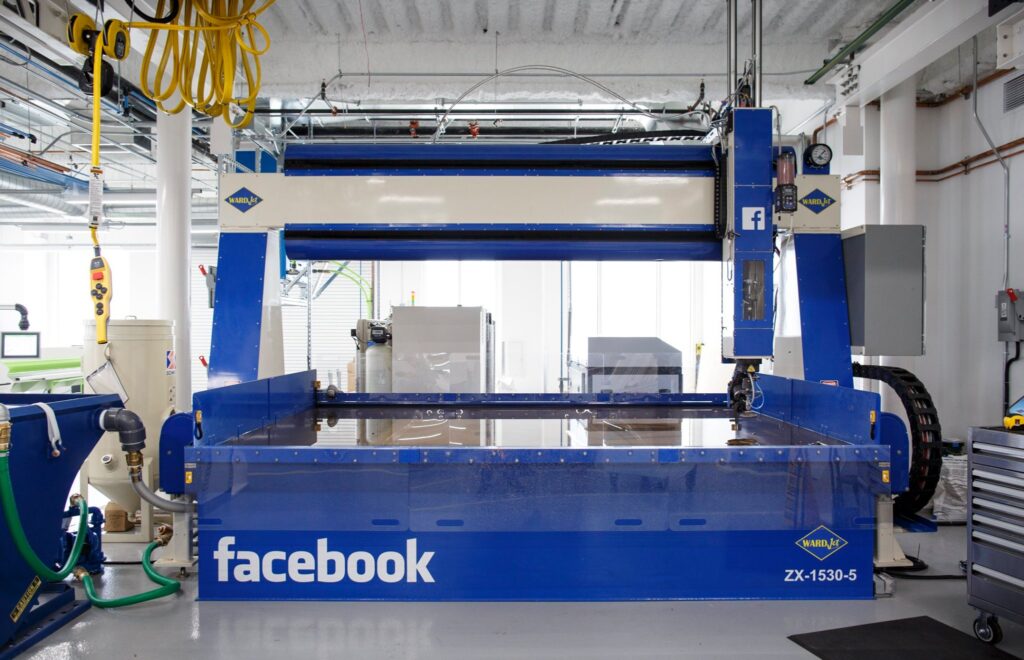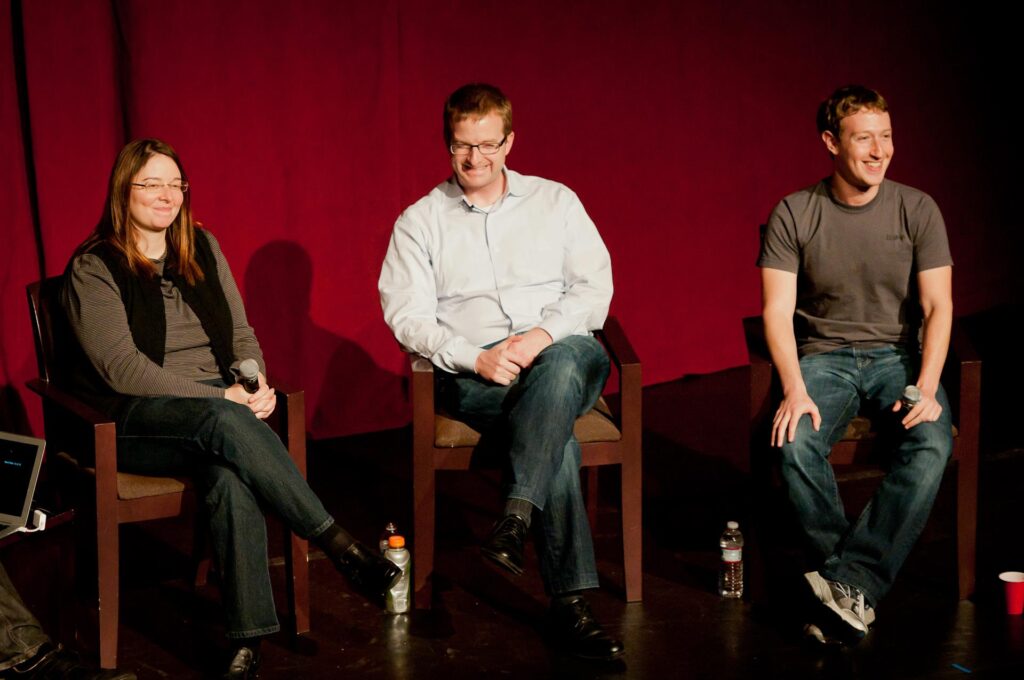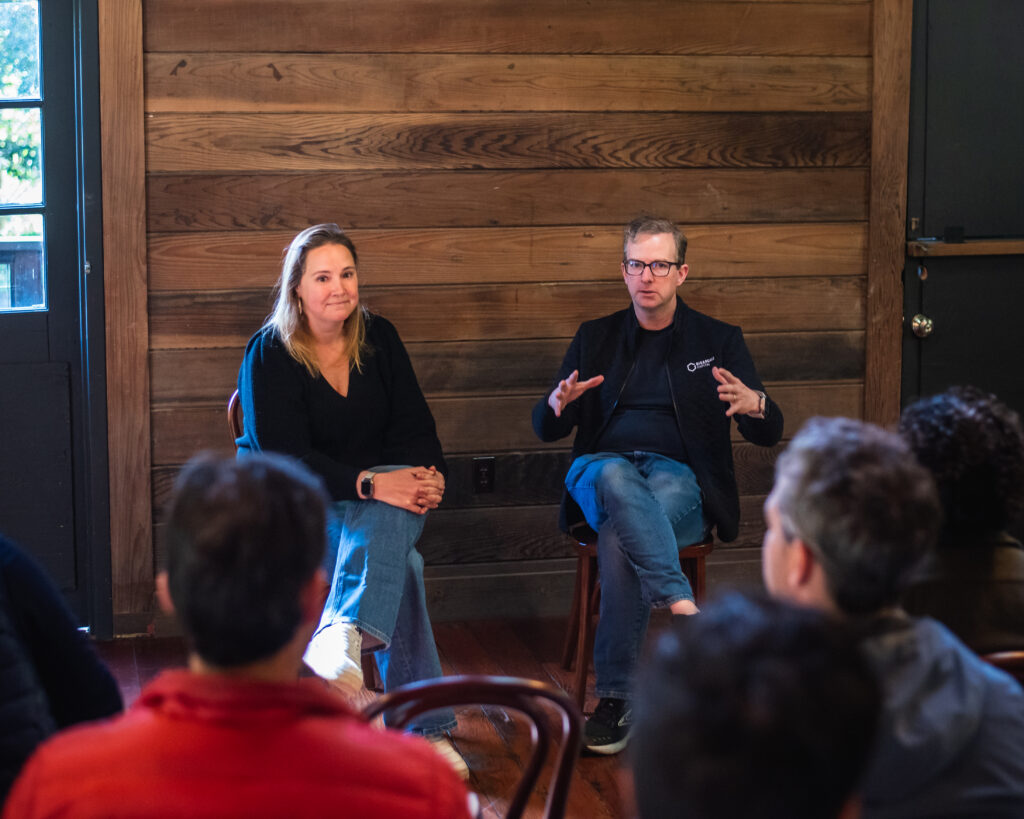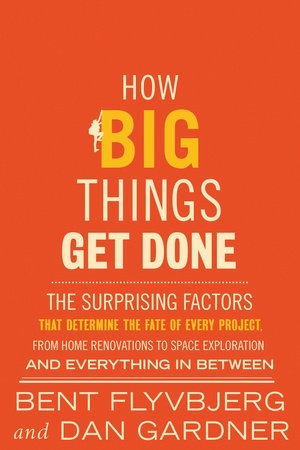
Investing
Mike
Schroepfer
Schrep is a Partner at Gigascale Capital and brings a 25+ year track record in technology and science as an executive, entrepreneur, and investor.
As Meta's CTO, he scaled products to billions of users, shipped millions of units of consumer hardware, constructed tens of millions of sq ft of data centers, built teams of up to 35,000, and made breakthroughs in AI. His philanthropic endeavors include Additional Ventures, the Carbon-to-Sea Initiative, and grants aimed at accelerating climate science and policy responses to the crisis.
Mike is a Stanford Computer Science grad, led engineering at Mozilla, founded a company acquired by Sun Microsystems, and is a decent skier and mediocre surfer.
closeHardware, Disruption, and Gigascaling Climate Tech
Schrep talks about scaling hardware, the potential for technological disruption, and his favorite parts of working with founders, in a conversation with Kristen, Gigascale’s Head of Communications.
Taking a step back. How did you originally get interested in technology?
I grew up in Boca Raton, Florida, the birth of the IBM PC. At school career days, someone would always show up and talk about computers. My neighbor’s dad worked at IBM, so they had a PC Junior with 16-color graphics, and I had early exposure through video games.
Later on, when I went to study engineering at Stanford, I took an intro to CS class and got hooked on the pace of building. More than anything, I think studying CS teaches you how to learn. The field moves fast, so there’s no way to learn one thing and then just spend the next 30 years applying it. If you want longevity in the field, you’ve got to be constantly learning the new language, framework, etc.
Starting a company, at Meta, or even now, the through line has always been learning. I’m big on high-frequency experiments, always asking what’s the fastest way to get data. Honestly, I think that’s kind of the secret to life in general.
I’m sure people wonder how scaling a digital company translates to climate tech. Can you speak to that?
Yeah, people think of Meta as a software company, and it was when I joined. Then in 2009, we started building our own data centers. Over a decade, I scaled 10 million square feet of clean powered data centers in 18 locations around the globe. Then there was moving the company into consumer hardware with Oculus. So while I was CTO, I did a bit of everything.
Now as an investor, I bring a broad view of what it takes to scale companies, whether their product is consumer or enterprise, software or hardware, and more often than not these days, it’s not one or the other because everything is embedded.

I also get the sense that building hardware has changed.
Yeah, Silicon Valley seems to have a lingering perception that hardware is just hard and nothing else. It’s a bit of a misnomer. Think about it: some of the most valuable companies in the world are hardware companies – Apple, Nest, Tesla, Nvidia.
When it gets down to it, building hardware is just different. The bad news is that it’s less forgiving. If you make a mistake with software, it’s “meh, we’ll just pivot until we get it right.”
In hardware, you need to get the fundamentals down, and there’s a lot more upfront prototyping. These days, with computer simulation and 3D printing, the iteration cycle times are way faster than they used to be, and you can get a product to market with a team of 20 people. And it’s not to say hardware companies can’t pivot. You just see it more so with tweaking the business model.
As an investor, you can ask very simple questions and model the physics pretty quickly. This allows you to quickly assess the feasibility and potential of a hardware-based business. Once you’ve determined that a company has a solid foundation, things get exciting because good hardware companies have huge competitive advantages. They’re hard for competitors to copy and catch up to because you can build a much bigger moat earlier on in the company’s lifecycle.
The reality is that climate change is a problem that exists in the physical world, so if you’re serious about having an impact, you’re going to need to work with hardware. The good news is that building and scaling that hardware can happen faster than most people realize, thanks to advancements in technology and manufacturing processes.

That’s interesting. What makes you think now is the time for climate tech?
One of the things that I’ve gotten good at over the course of my career is detecting macro trends. In 2000, I was talking about how there was going to be massive growth in servers and data centers. In 2005, I worked on on browsers and open source before it was a big deal and started Meta’s AI lab almost 10 years before ChatGPT launched. So when I moved from climate philanthropy to investing, it was because I started to see how the market was changing.
For example, the U.S. has had flat or decreasing electricity demand for decades, and now it’s growing because of on-shoring manufacturing as well as the electrification of homes, vehicles, and industry. Meanwhile, you have core foundational technologies falling down the cost curves. Solar cells have gone down 80% in the last 10 years. Lithium-ion batteries are down 97% since 1991. So demand is going up, and customers who want more power have to wait years to get it. They’re counting the cost of waiting, and meanwhile, there are technologies that have rapidly fallen in price, waiting to be deployed at a massive scale. This is how technological disruption happens.
I see this pattern playing out across the climate tech space. Energy, steel, chemicals, food – these are all multi-trillion-dollar markets, and the economics are overwhelmingly interesting when you pencil out the opportunities for technology to address massive inefficiencies in these sectors.
What are some other things about climate tech that get overlooked?
Besides getting to work with incredible people, I think it’s easy to overlook the wide-ranging benefits of clean products.
Yeah, it’s good for the environment to stop burning oil in industrial facilities. And oil is expensive, so getting rid of it is better for the bottom line. And it’s also great for us not to be breathing in polluted air. Oh yeah, and it’s great for our kids to ride to school in electric buses instead of breathing in diesel fumes.
I really believe in building solutions that are the no-brainer option because they’re better and cheaper, and oh yeah, they’re good for the environment too.
What are some things you enjoy coaching founders on?
I love working with founders on major technical roadmap decisions and thinking through how to get to data more quickly.
Other times, I’m getting into the company-building aspects. The hardest part about expanding a company is often not the technology. It’s getting a large group of people to work well together, and that takes constant tinkering.
Climate tech companies are tech companies like any other. They have the same needs for developing talent and managing change while also building crazy interesting products. It’s fun digging in with our founders and sharing what I’ve learned over the years to help them build faster.

Final question. Where do you think the world will hopefully be in a decade?
In the history of deploying technology, it’s usually the simple, easily replicated thing that ends up winning. What does that look like in power over the next decade or two? That’s solar plus storage, and it’ll be shocking how much it’s deployed on the grid. I also think there’s a credible shot when it comes to fusion, which can change the fundamentals across the board.
Right now, we’re entering a messy period because demand for electricity is going up and utilities are not used to building for demand. Markets are pretty good at catching up, though. I think we’ll get to a place where there are a whole lot of power-generating assets on the grid, and that changes the game for everything that uses electrons – desalination, carbon capture, and electrochemistry will be cost-advantaged and a no-brainers.
Mike’s Go To Resources
I want to share a handful of books that I’ve found useful for navigating climate tech and innovation: “The Industrial Revolution in World History”, “Factfulness”, “How Innovation Works“, “Inviting Disaster”, “Rituals: How Artists Work”, and one of my favorites these days,”How Big Things Get Done” by Bent Flyvbjerg.





